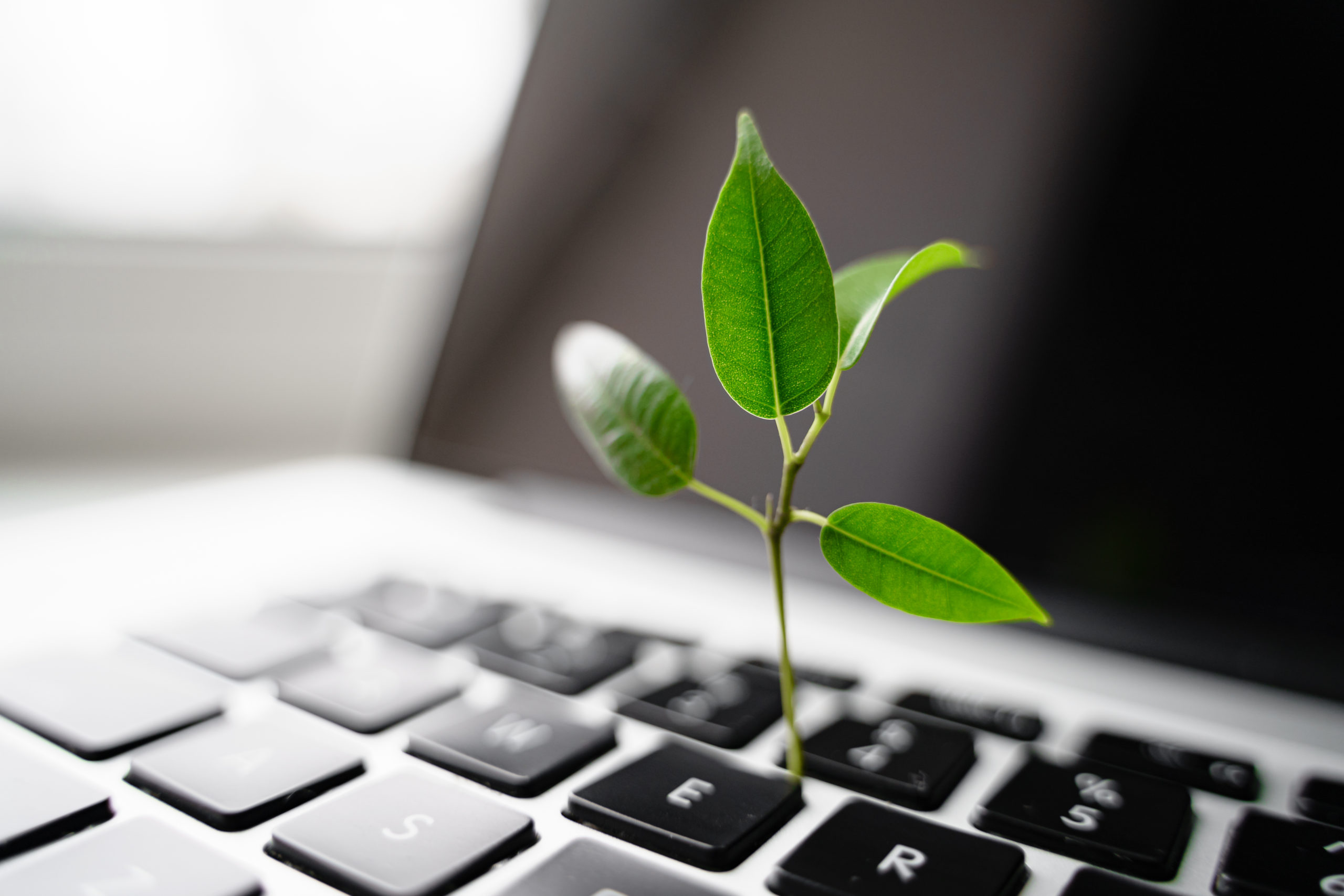Weaving Sustainability into Your Corporate Strategy
Running an environmentally-friendly organization is no longer optional “extra credit.” Large corporations like GE, Unilever and Sprint have woven sustainability into their corporate strategy. According to a Nielsen study, 66% of global respondents are willing to pay more for a product made by an environmentally-friendly company, and over 50% have indicated that they are influenced by key sustainability factors such as fresh, natural and/or organic ingredients, the company being environmentally friendly, or the company being known for its commitment to social value. Studies also show that sustainability is a main factor millennials look for in an employer.
Here are 5 ways your business can go green, according to the Huffington Post:
Know How Much You Use
Before you can start making improvements, you must understand how “ungreen” your business is. Understand how much paper you go through, how much energy your office uses and how much water you use. Check out the EPA’s Energy Star program that offers tools to help you gauge your energy and water use. Use this as a benchmark for further improvements.
Switch Your Paper
While we all dream of a paperless world, it would be unreasonable to expect your office not to use paper at all. Swap your average paper with post-consumer waste (PCW) paper options when you need paper. PCW is made entirely from paper put in recycling bins and uses less energy. It also creates less waste during the paper making process.
Put your computers to sleep
Do your employees leave the office every night with their computer on. According to the EPA, simply encouraging your employees to put their computer to sleep can save $10-$50 per computer per year.
Replace your lights
Sure, the cost of compact-fluorescent (CFL) or LED light selections often have a higher price tag. But you will actually find that they last longer than the standard incandescent bulbs and they use less energy. You will see savings on your energy bill. Check out Energy Star’s handy calculator to learn how much you’ll save.
Encourage Green Transportation
Have employees spend at least one day participating in more eco-friendly transportation options, such as biking or walking to work. Additionally, create a company carpool program where employees work together to decrease the daily amount of cars on the road.
Inspire your employees to incorporate more eco-friendly practices inside and outside of your company. Try hosting a green living contest, where team members are challenged to come up with new ways your company can save money and increase overall productivity by going green. Another thought would be to challenge each employee to focus on improving their carbon footprint outside of work. These types of initiative is a win-win-win for everyone, including our planet.
If you would like more information on sustainable workplaces, and more tips on how to implement green initiatives in your company, contact your EFR EAP account manager!

